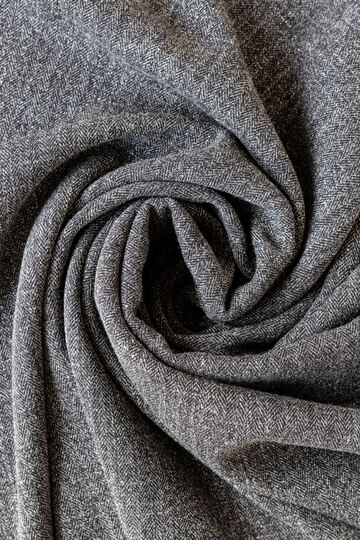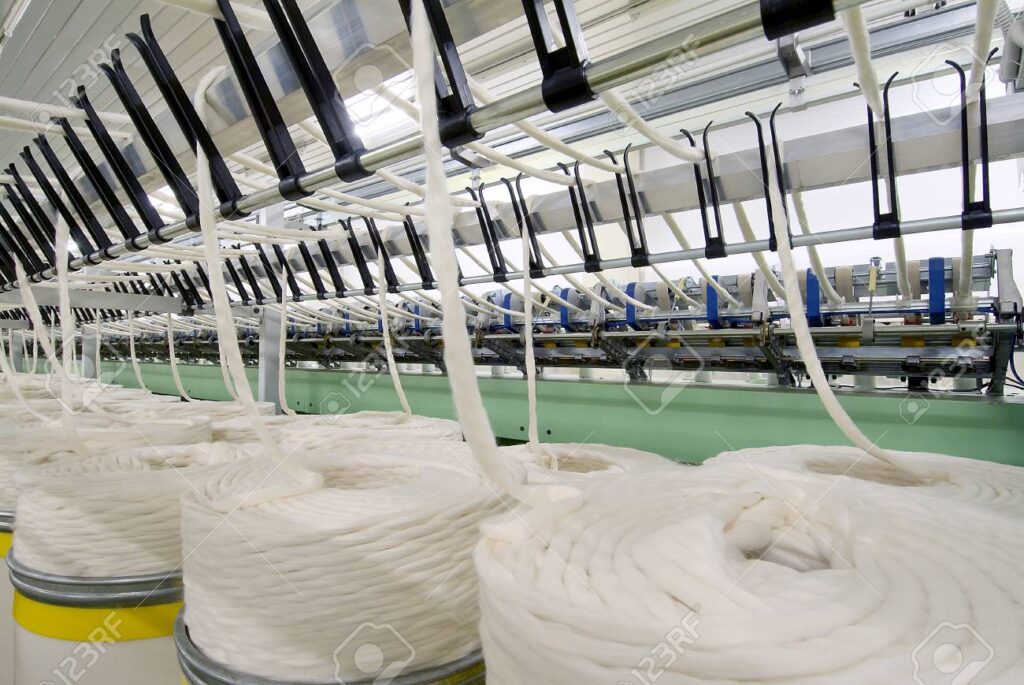Suppliers and Manufacturers of Fabrics for Home Textiles

Fabric Manufacturing Based on Buyers' Specifications
When placing a bulk fabric order, buyers should consider several technical requirements to ensure the product meets their desired standards. These include:
Fabric Composition: Clearly specify the fiber content and blend percentages of the fabric.
Fabric Weight: Indicate the fabric’s weight, typically measured in grams per square meter (GSM) or ounces per square yard (OSY).
Fabric Width: Define the fabric’s width, either in inches or centimeters.
Color Fastness: Specify the desired level of color fastness, which determines how well the fabric retains its color after washing, drying, or exposure to light.
Shrinkage: Indicate the expected shrinkage percentage, which refers to how much the fabric will shrink after washing.
Finish: Detail the desired finish, such as brushed cotton or sanded denim, to achieve a specific texture or appearance.
Testing Standards: Clarify the required testing standards the fabric must meet, such as ASTM, ISO, or AATCC guidelines.
Quantity and Delivery Time: Provide the required fabric quantity and expected delivery time, including any penalties or bonuses for early or late deliveries.
Packaging and Labeling: Specify packaging and labeling preferences, including packaging method, label format, and any special labeling needs.
By supplying these technical requirements to the manufacturer, buyers can ensure the fabric meets their expectations in both quality and specifications.
Fabric Production/Manufacturing Process
- Spinning:
Raw cotton is cleaned and transformed into yarn through the spinning process. Various spinning methods, such as ring spinning, open-end spinning, or compact spinning, can be used depending on the desired quality of the yarn. - Weaving/Knitting:
The yarn is then woven or knitted into fabric. Weaving involves the interlacing of vertical (warp) and horizontal (weft) yarns to create a stable fabric structure.
Knitting involves creating loops of yarn that interlock to form a more flexible fabric structure. - Pre-treatment:
The fabric undergoes pre-treatment to remove any impurities or contaminants that may impact the dyeing or printing processes.
Pre-treatment processes may include washing, bleaching, or mercerizing to prepare the fabric for the next stages. - Dyeing/Printing:
The fabric is dyed or printed with the desired colors and patterns.
Various methods, such as reactive dyeing, disperse dyeing, or pigment printing, are used to achieve different effects depending on the type of fabric and design.
Finishing:
The fabric is then finished to enhance its appearance, texture, and durability. - Finishing techniques, such as softening, wrinkle resistance, or water repellency, are applied, and processes may include coating, embossing, or calendaring.
- Quality Control:
Quality control is applied throughout the entire manufacturing process to ensure the fabric meets the required standards.
Measures include visual inspection, physical testing, and chemical analysis to confirm the fabric’s specifications and quality. - Packing and Shipping:
Once the fabric passes quality control, it is packed and shipped according to the buyer’s specifications and requirements, ready for delivery

